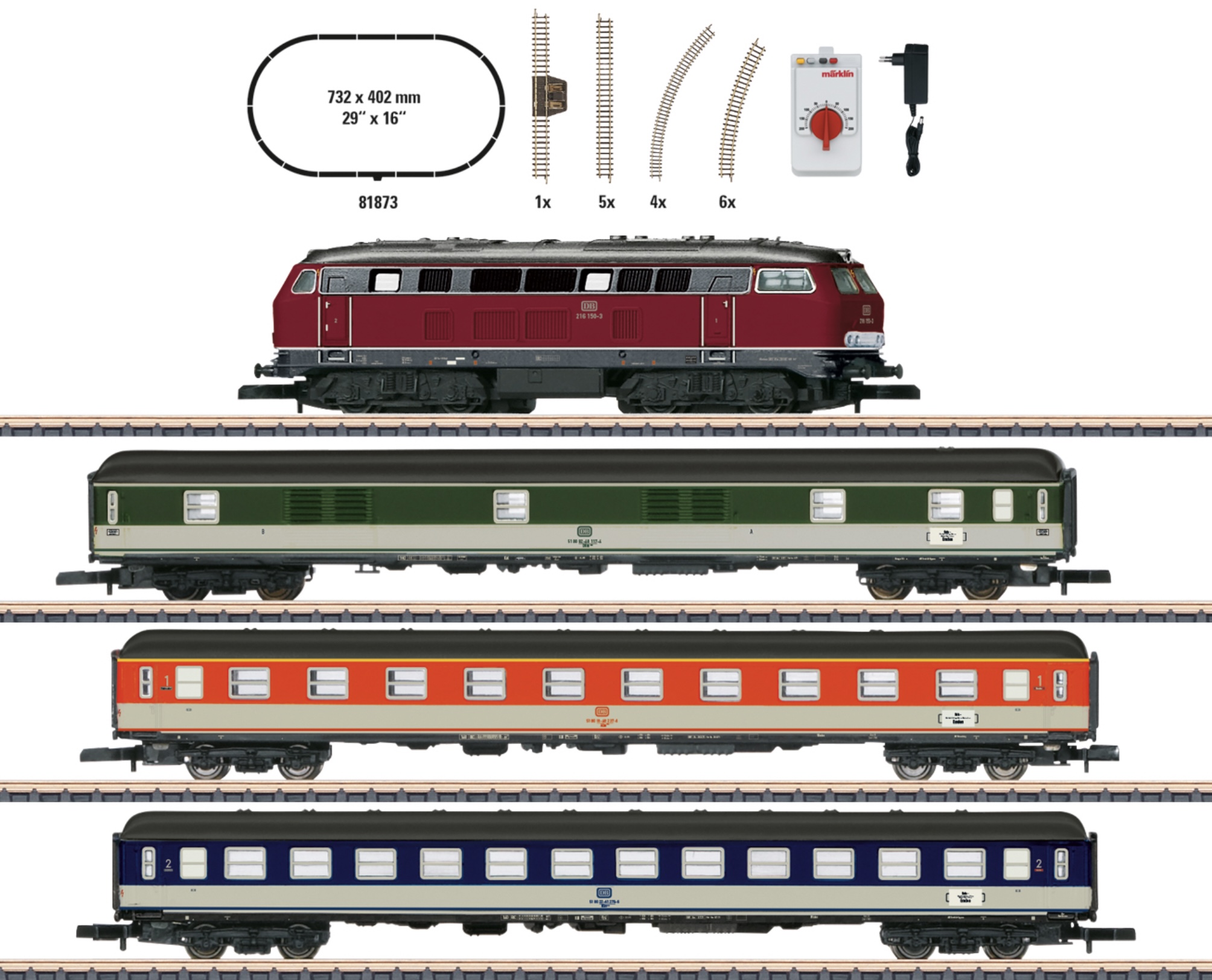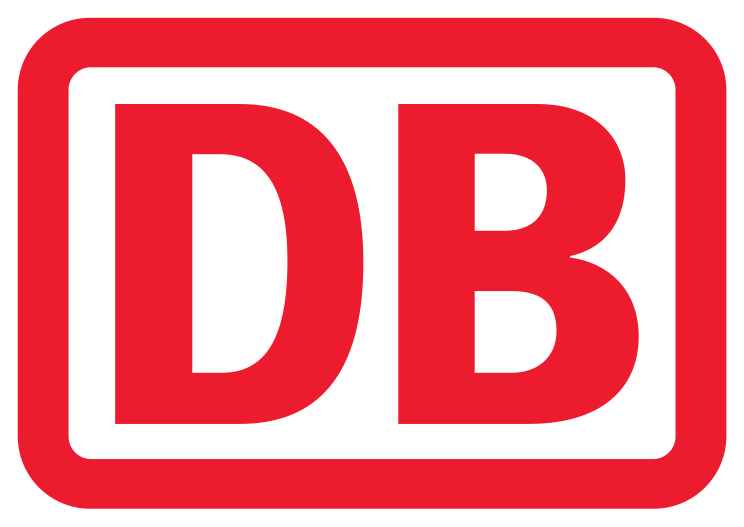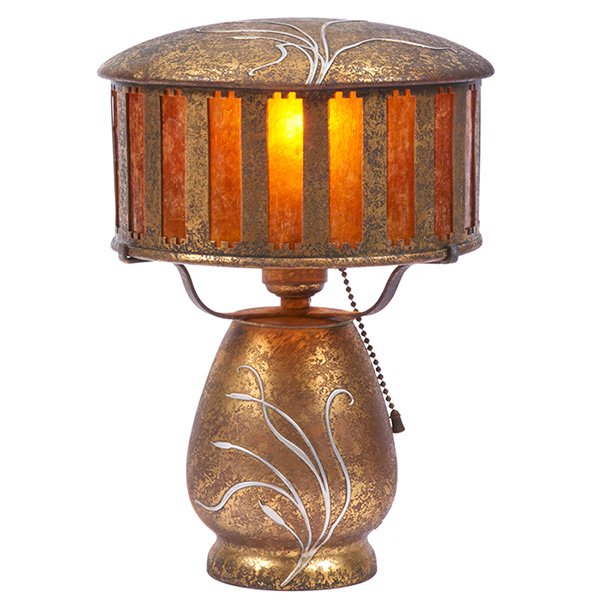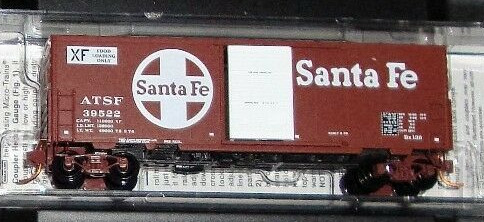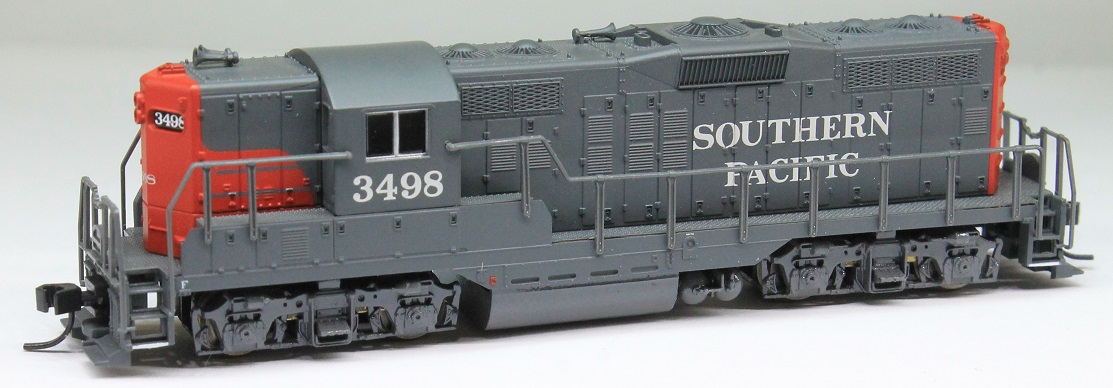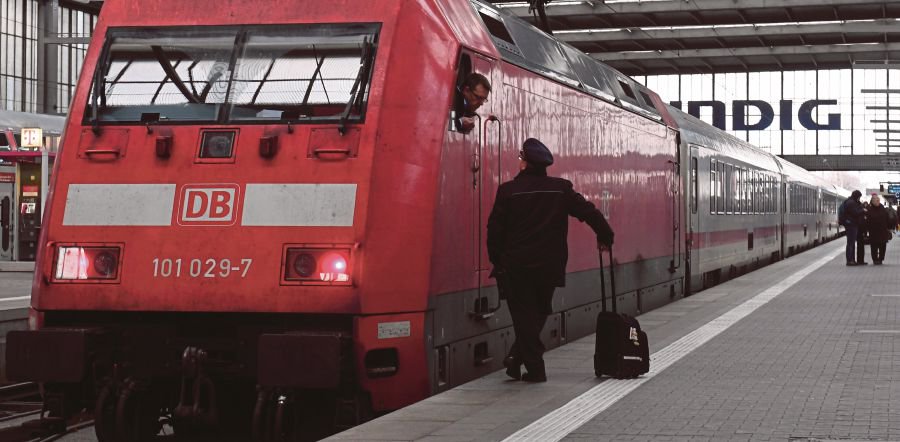Specific Item Information: The locomotive has a motor with a bell-shaped armature. All driving axles powered. The locomotive has LED triple headlights and dual red marker lights, which change over with the direction of travel. The locomotive frame is constructed of metal and the locomotive body is made of plastic. Two passenger cars and one baggage car have dark solid wheelsets and close coupler hooks. Train length approximately 440 mm / 17-5/16". There is a large oval of track with 6 straight track sections of 110 mm / 4-5/16" (5 each number 8500, 1 each number 8590 feeder track), 4 curved track number 8520, and 6 curved track number 8521. Also included: a track plan brochure, a rerailer, a locomotive controller, and a switched mode pack for train control and power supply. The packaging design in the style of the beginnings of Märklin Mini-Club.
The track diagram can be expanded with the SET track extension sets, item numbers 8190 or 8191, 8192, 8193, and 8194 or as desired.
The track diagram can be expanded with the SET track extension sets, item numbers 8190 or 8191, 8192, 8193, and 8194 or as desired.
Prototype History: Rail networks in Western and Central Europe are often well maintained and well developed, whilst Eastern, Northern and Southern Europe often have less coverage and/or infrastructure problems. Electrified railway networks operate at a plethora of different voltages AC and DC varying from 750 to 25,000 volts, and signalling systems vary from country to country, hindering cross-border traffic.
The European Union aims to make cross-border operations easier as well as to introduce competition to national rail networks. EU member states were able to separate the provision of transport services and the management of the infrastructure by the Single European Railway Directive 2012. Usually, national railway companies were split to separate divisions or independent companies for infrastructure, passenger and freight operations. The passenger operations may be further divided to long-distance and regional services, because regional services often operate under public service obligations (which subsidise unprofitable but socially desirable routes), while long-distance services usually operate without subsidies.
The European Union aims to make cross-border operations easier as well as to introduce competition to national rail networks. EU member states were able to separate the provision of transport services and the management of the infrastructure by the Single European Railway Directive 2012. Usually, national railway companies were split to separate divisions or independent companies for infrastructure, passenger and freight operations. The passenger operations may be further divided to long-distance and regional services, because regional services often operate under public service obligations (which subsidise unprofitable but socially desirable routes), while long-distance services usually operate without subsidies.
Road Name History: Deutsche Bahn AG (abbreviated as DB, DB AG or DBAG) is a German railway company. Headquartered in Berlin, it is a private joint-stock company (AG), with the Federal Republic of Germany being its single shareholder. Deutsche Bahn describes itself as the second-largest transport company in the world, after the German postal and logistics company Deutsche Post / DHL, and is the largest railway operator and infrastructure owner in Europe. It carries about two billion passengers each year.
Deutsche Bahn (literally "German Railway" in German) came into existence in 1994 as the successor to the former state railways of Germany, the Deutsche Bundesbahn ("German Federal Railway") of West Germany and the Deutsche Reichsbahn ("German Empire Railway") of East Germany. It also gained ownership of former railway assets in West Berlin held by the Verwaltung des ehemaligen Reichsbahnvermögens (Administration of the Former Reichsbahn Assets).
Deutsche Bahn (literally "German Railway" in German) came into existence in 1994 as the successor to the former state railways of Germany, the Deutsche Bundesbahn ("German Federal Railway") of West Germany and the Deutsche Reichsbahn ("German Empire Railway") of East Germany. It also gained ownership of former railway assets in West Berlin held by the Verwaltung des ehemaligen Reichsbahnvermögens (Administration of the Former Reichsbahn Assets).
Brand/Importer Information:  Gebr. Märklin & Cie. GmbH or Märklin (MÄRKLIN or MAERKLIN in capital letters) is a German toy company. The company was founded in 1859 and is based at Göppingen in Baden-Württemberg. Although it originally specialized in doll house accessories, today it is best known for model railways and technical toys. In some parts of Germany and in Sweden, the company's name is almost synonymous with model railroads.
Gebr. Märklin & Cie. GmbH or Märklin (MÄRKLIN or MAERKLIN in capital letters) is a German toy company. The company was founded in 1859 and is based at Göppingen in Baden-Württemberg. Although it originally specialized in doll house accessories, today it is best known for model railways and technical toys. In some parts of Germany and in Sweden, the company's name is almost synonymous with model railroads.
Märklin introduced Z Scale in 1972. Connoisseurs appreciate Märklin Z as much as the most inveterate modeler: The charm of these finely constructed gems is best seen in the smallest of space. Because, this scale with all kinds of precision translated into 1:220 scale awaits you with almost unlimited operating enjoyment. It doesn't get any better.

Märklin introduced Z Scale in 1972. Connoisseurs appreciate Märklin Z as much as the most inveterate modeler: The charm of these finely constructed gems is best seen in the smallest of space. Because, this scale with all kinds of precision translated into 1:220 scale awaits you with almost unlimited operating enjoyment. It doesn't get any better.
Item created by: CNW400 on 2022-04-01 17:00:10
If you see errors or missing data in this entry, please feel free to log in and edit it. Anyone with a Gmail account can log in instantly.
If you see errors or missing data in this entry, please feel free to log in and edit it. Anyone with a Gmail account can log in instantly.


